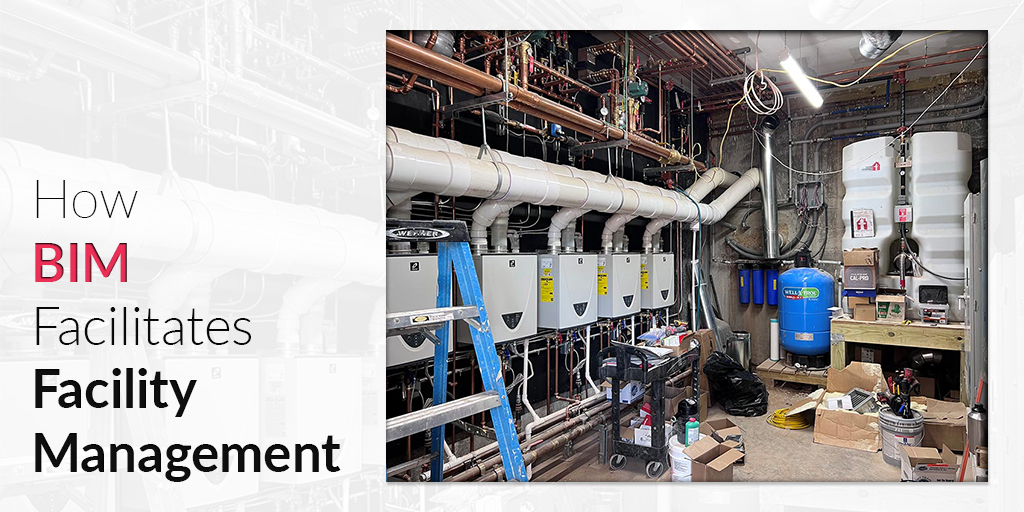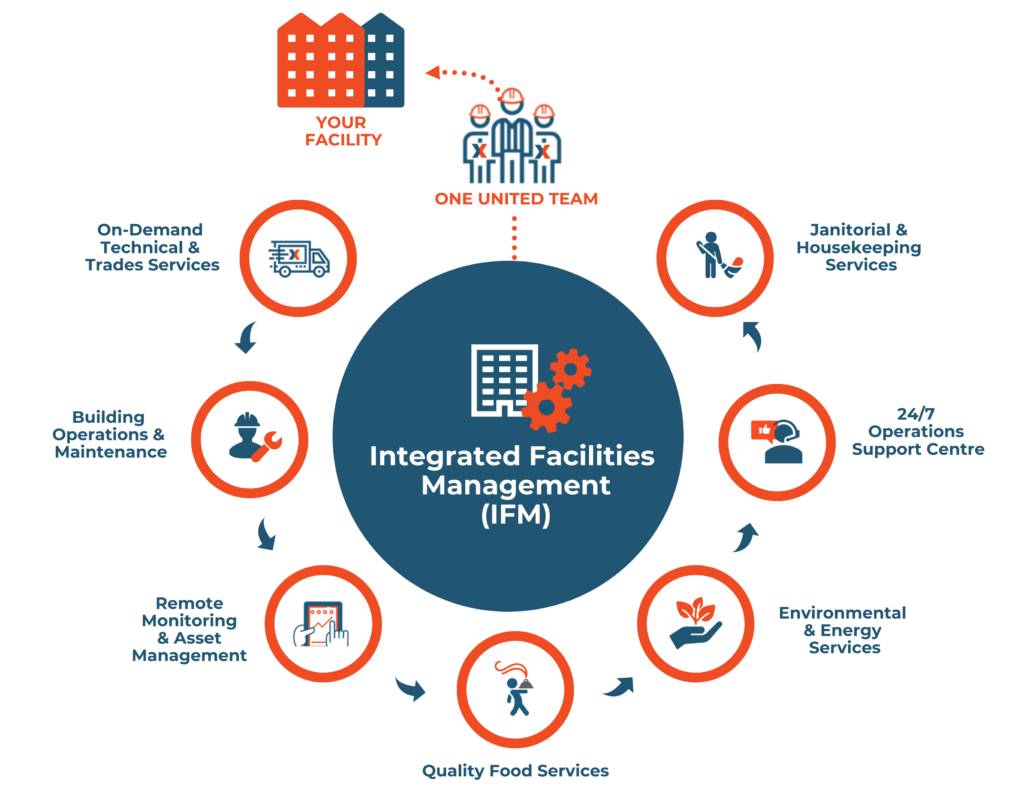The Duty of Facility Management in Sustainable Operations
The Duty of Facility Management in Sustainable Operations
Blog Article
Key Fads Shaping the Future of Facility Management in 2024
As we look ahead to 2024, the landscape of facility monitoring is poised for significant improvement, driven by several vital fads. The assimilation of smart building technologies and a shift towards data-driven decision-making pledge to improve operational effectiveness while focusing on sustainability in practice.
Smart Building Technologies

Smart building technologies encompass a broad selection of systems, consisting of intelligent illumination, a/c controls, and safety and security systems. By integrating these systems, facility supervisors can check and readjust specifications in real-time, bring about substantial decreases in energy waste and functional prices. For example, wise sensing units can discover occupancy levels and change illumination and temperature accordingly, making certain that energy is just used when needed.
Moreover, these innovations facilitate improved information collection, allowing organizations to track usage patterns and recognize possibilities for further enhancements. The application of smart building technologies not just adds to sustainability objectives yet likewise creates much healthier job environments that can boost employee performance and satisfaction.
As we move right into 2024, the adoption of wise structure innovations will likely speed up, mirroring a broader shift towards even more smart, receptive, and lasting facility monitoring practices.
Data-Driven Decision Making
Significantly, companies are leveraging data-driven decision making to boost center monitoring techniques. By taking advantage of data analytics, facility supervisors can derive workable understandings that substantially enhance functional performance and source appropriation. The assimilation of sophisticated modern technologies, such as IoT sensing units and real-time monitoring systems, allows the collection of large amounts of data on building performance, occupancy prices, and energy intake.
This riches of details permits facility supervisors to recognize patterns, anticipate upkeep requirements, and proactively address issues prior to they intensify. As an example, predictive analytics can anticipate equipment failings, reducing downtime and repair prices. Furthermore, information visualization tools help with better communication among stakeholders, making certain that educated decisions are made collaboratively.
In addition, data-driven strategies enhance strategic planning by allowing center supervisors to examine the efficiency of current techniques and make informed choices relating to investments in innovation or facilities. As companies increasingly focus on operational excellence, data-driven choice making is poised to come to be a cornerstone of effective facility monitoring approaches in 2024 and past. Inevitably, the ability to utilize data effectively will equip organizations to produce much more efficient, productive, and resilient facilities.
Sustainability and Environment-friendly Practices
The emphasis on data-driven choice making normally straightens more tips here with the growing concentrate on sustainability and eco-friendly practices within facility monitoring. As organizations progressively focus on environmental responsibility, center managers are leveraging analytics to optimize resource use, minimize waste, and minimize carbon impacts. This critical method enables the integration of energy-efficient systems, such as LED lights, clever a/c controls, and sustainable energy sources into facility operations.
Moreover, the implementation of lasting methods expands past power usage. Center supervisors are promoting and taking on eco-friendly products reusing initiatives to produce a round economy within their centers. This not only improves the environmental account of the company yet also cultivates a society of sustainability among workers.
Conformity with environmental guidelines is one more critical facet driving the fostering of green methods. By utilizing article source data analytics, center supervisors can keep track of conformity metrics and recognize locations for enhancement, ensuring adherence to local and international sustainability criteria.
Crossbreed Work Designs
A substantial shift towards crossbreed job designs is improving the landscape of facility administration in 2024. This paradigm integrates in-office and remote job, demanding a reevaluation of space usage, resource allocation, and employee interaction techniques. Organizations are increasingly acknowledging the significance of flexible work spaces that satisfy varied requirements and preferences.
Center managers should adapt by carrying out functional workplace designs that support collaborative initiatives while supplying areas for focused work. This includes the combination of technology to facilitate smooth communication and cooperation among remote and in-office employees. Smart building options, equipped with sensors and analytics, enable for real-time tracking of area use, making it possible for companies to enhance their environments successfully.
In addition, crossbreed job designs emphasize the requirement for effective facility administration that prioritizes staff member experience. In essence, the crossbreed job version is transforming facility management, encouraging a positive strategy to fulfill the developing demands of the workforce.
Boosted Owner Wellness
As companies embrace hybrid work models, an increased concentrate on resident health is ending up being essential to center administration methods. Facility Management. This shift acknowledges that a healthy and balanced and completely satisfied workforce directly influences productivity and retention rates. Facility supervisors are currently prioritizing atmospheres that promote physical and psychological well-being, incorporating elements such as natural lights, biophilic design, and easily accessible wellness resources

Technology plays a vital duty in this development. Smart building systems can check environmental factors and change settings in real-time, making sure optimal comfort levels - Facility Management. Responses systems, such as Full Report occupancy sensing units and staff member surveys, permit facility managers to constantly refine wellness campaigns based on resident demands.

Verdict
In 2024, the future of facility administration will certainly be considerably influenced by the assimilation of smart building technologies and data-driven decision-making, promoting enhanced operational performance. These patterns collectively underscore the developing landscape of center monitoring in response to modern difficulties and chances.
Facility managers are embracing green products and advertising recycling campaigns to produce a round economic situation within their centers.A substantial change towards crossbreed work versions is reshaping the landscape of center monitoring in 2024.Additionally, hybrid work versions stress the requirement for reliable facility administration that prioritizes staff member experience.As companies embrace hybrid job designs, an increased focus on passenger health is becoming essential to facility administration techniques.In 2024, the future of center monitoring will certainly be substantially affected by the assimilation of smart building innovations and data-driven decision-making, cultivating enhanced operational efficiency.
Report this page